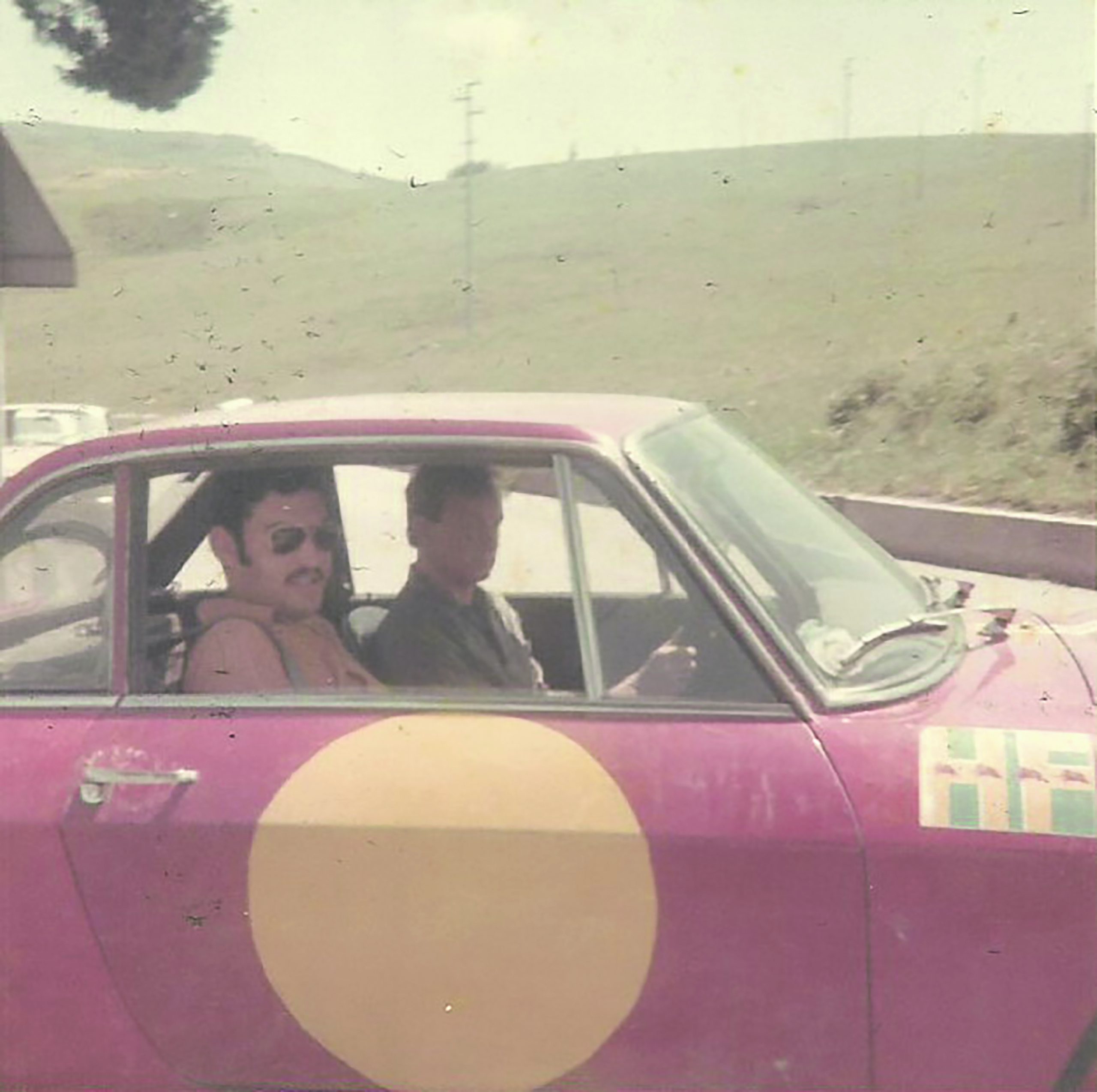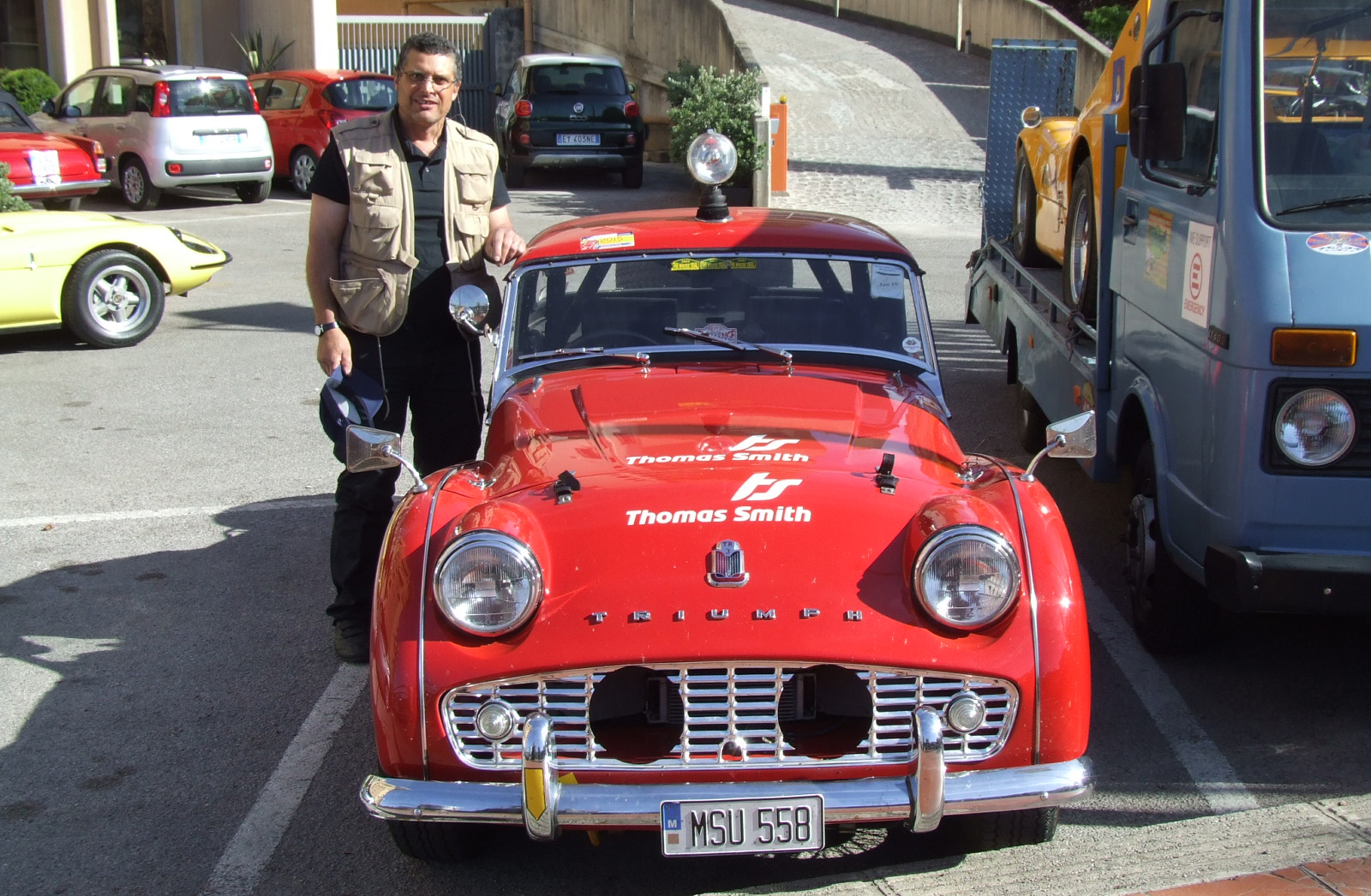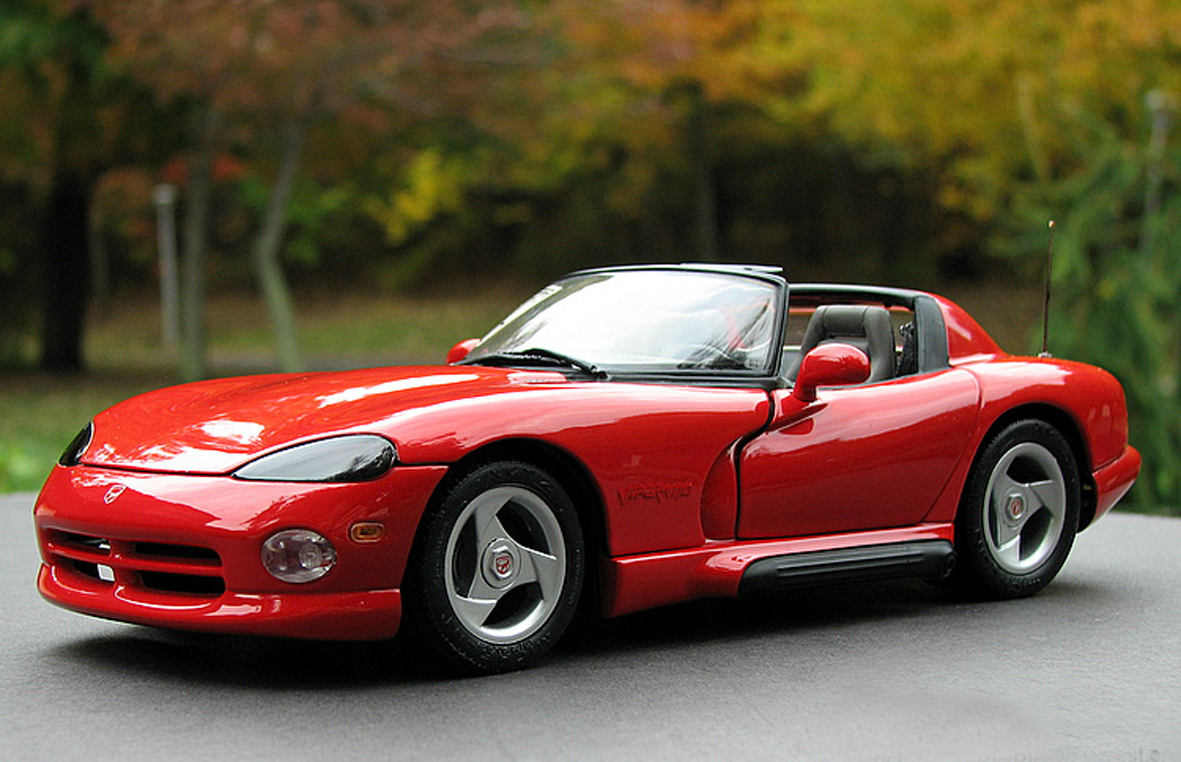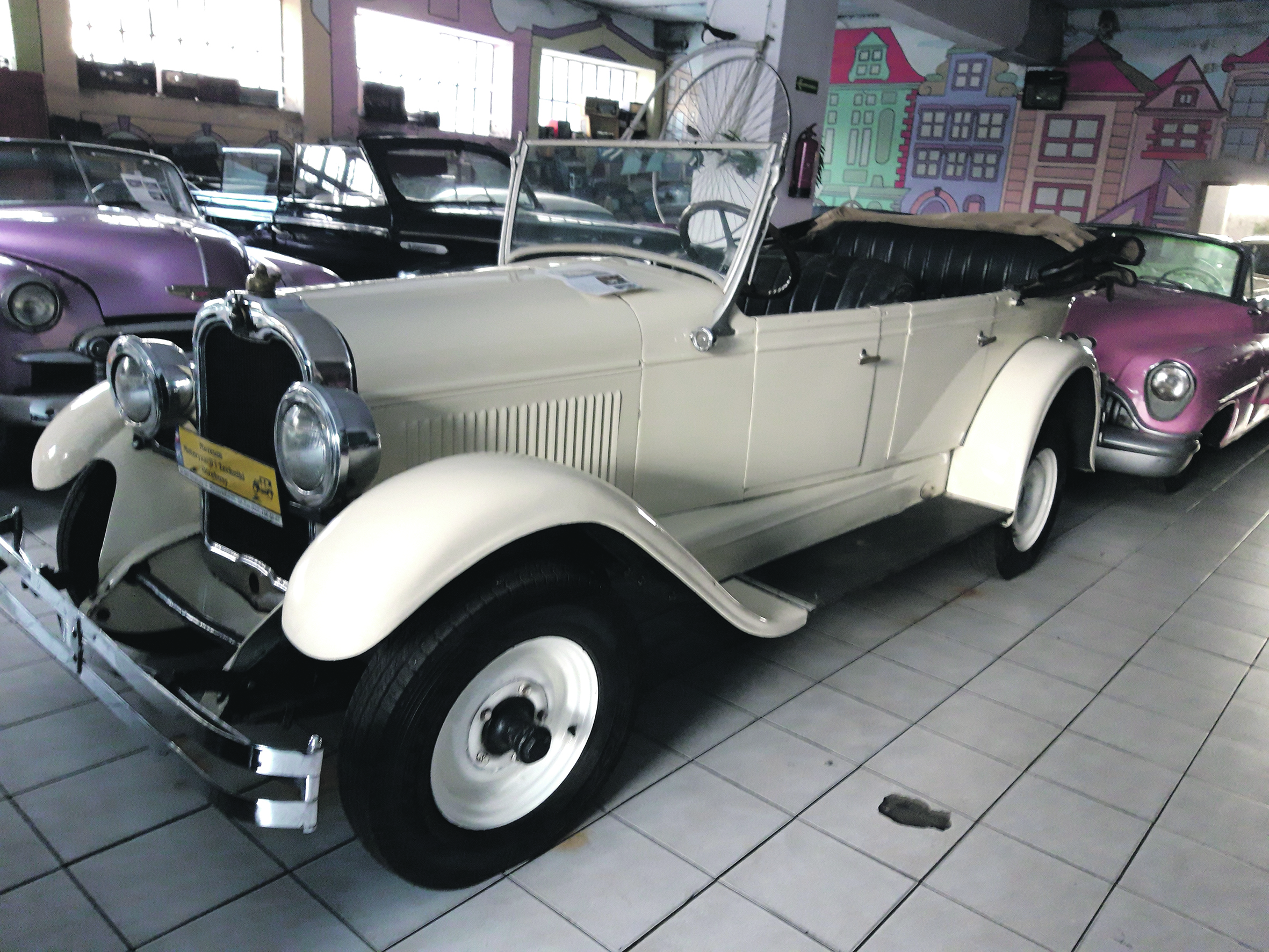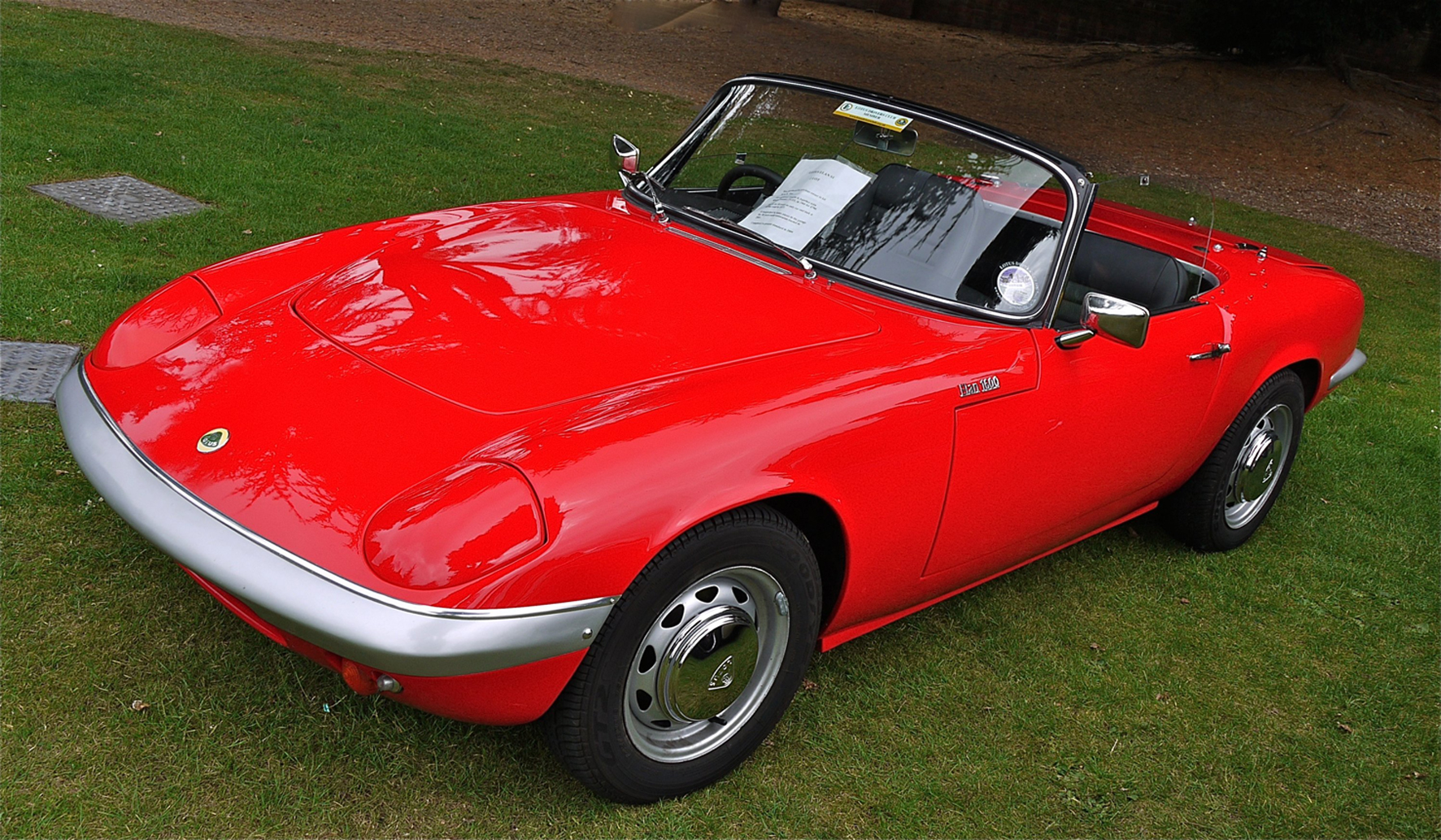The Sliema of his youth inspired Albert Mamo to take the vintage road, says JOSEPH BUSUTTIL from the Old Motors Club.
The coolest place to be, and to be seen, in Malta in the swinging 1960s was the Għar id-Dud area in Sliema. What was hip and groovy, whether the latest modes, music or motors, converged seamlessly along the Chalet promenade. Born and bred in Sliema, Albert Mamo was part of this crowd.
The majestic sports motors idly driving up and down the area – MGBs, Triumph Spitfires, Sunbeam Alpines – caught the eye, and made a lasting impression on the young man.
“My first car in 1965 was also a popular speedy merchant of the period, a second-hand 997cc Austin Cooper Mk.1 in British racing green, which in line with the good practice of the day, had its small, simple three clock oval dashboard extended and covered completely, with the obligatory extra of a rev counter,” recounts Mamo.
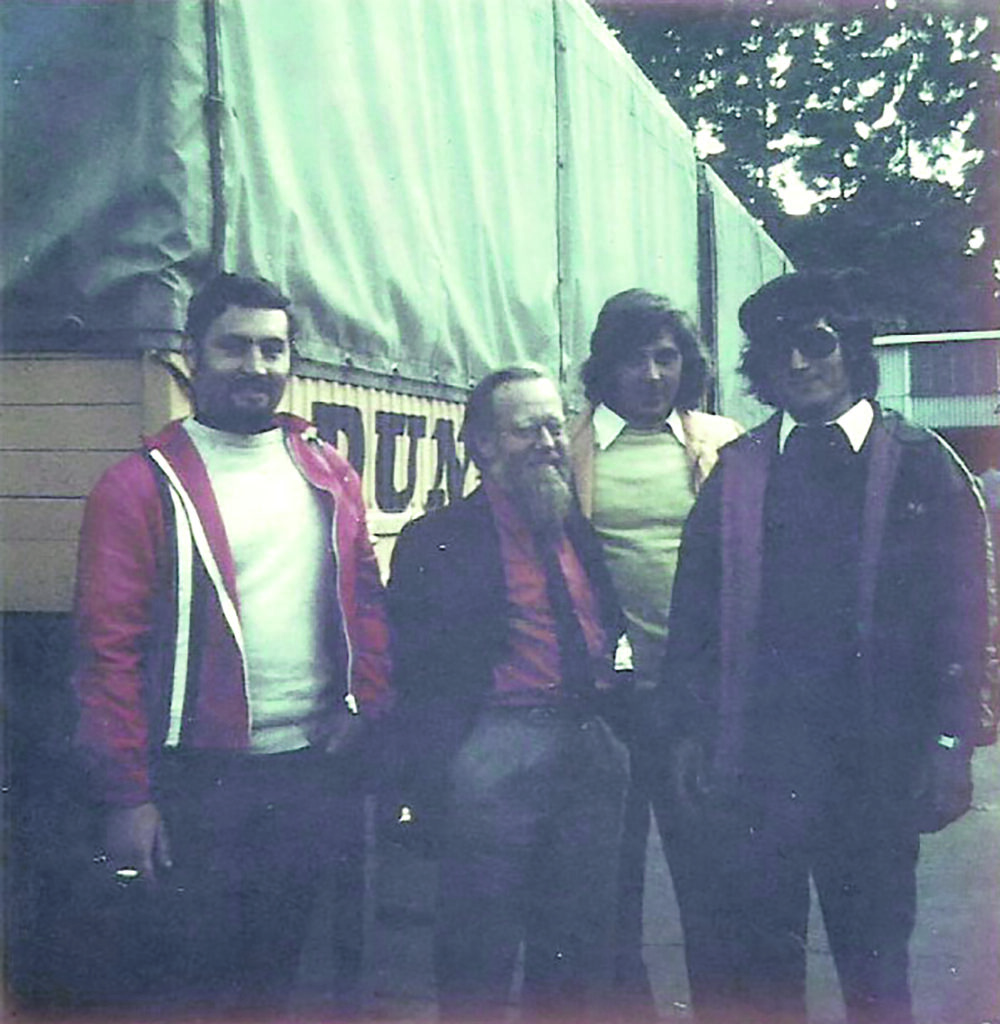
After six years, the Mini Cooper made way for another icon from that era, an MGC. Unfolding its history, he says that the snowberry white, 1969 roadster was imported here a year later, and had one owner before Mamo bought it in 1972.
“It was in excellent condition, and I harnessed it for everyday use,” he explains, adding that as far as he is aware, there are only six MGCs in Malta, five roadsters and a GT, three of which were sold new in Malta.
The history of the MGC is a truly fascinating one. With the Austin Healey 3000, the sports flagship of the British Motor Corporation, approaching its expiry date in the mid-1960s, the company starting thinking of coming up with an appropriate replacement. An initial plan to produce a Healey carbon copy fell through, and plans to design an upmarket six-cylinder, 3000cc version of the successful MGB went ahead. The result was the MGC, which came out in 1967.
The model had all the prerequisites to become a success story. Even Prince Charles bought an MGC GT when it came out – the vehicle is still in the royal family as the father passed it on to his son Prince William three decades later. But hiccups started as early as the official launch, when it was found that the tyres had incorrect pressure.

The engine was heavy, and there was a tendency to understeer, with lacklustre handling. Critics panned it, saying it was neither a worthy Healey successor nor an enhanced MGB. The writing was on the wall when the Leyland company, which had its own Triumph sports models, took over BMC. Production ceased in 1969, with less than 9,000 models coming off the line. By a strange twist of fate, the MGC has now been fully rehabilitated, and is a much sought after classic.
Mamo and his MGC have also been through many ups and downs in their lengthy relationship. Besides using it as his daily car, he went abroad with it accompanied by friends to racing events in Sicily where they used to visit the annual Targa Florio race, a round of the European Sports Championship, and where due to the relatively low spectator attendance from outside of Sicily, and especially of English speaking foreigners, they had the opportunity to mingle with world class drivers, including some Formula 1 stars.
“One particular time I was offered a ride over part of the road circuit on an unofficial practice day by Rauno Aaltonen at the time he was European Rally Champion in his Lancia Fulvia HF. What an experience. We then would continue up to Continental Europe to attend some other race meeting the following weekend before we returned to Malta such as the Monaco GP or the Nurbergring 1000km.”
In 1974, after visiting the Targa Florio event in Sicily, he continued overland to England, where he spent a few weeks on a business orientation trip. He recalls that on starting the return journey from London to Malta on a Saturday, he read the news that on that very day, the British government had ‘floated’ the pound from its sterling base. This meant that the British currency had not yet established an official exchange rate since the money markets were closed over the weekend.

“Consequently it was difficult for those who held sterling cash to exchange it into local currency along the drive back to Malta. The euro had not even been dreamt of in those days and credit cards were just beginning to appear. Having mainly English pounds, this meant that I had to watch my currency left over from my outward trip very carefully as I made my way back through the autostrada down to Reggio Calabria. Luckily in those days, one could buy petrol coupons beforehand for the purchase of ‘tourist’ petrol in Italy, so I had plenty of these before I had left the island. I had planned on a two-day return trip, so I spent the first night in a hotel on the outskirts of Lyon in France, but after that I did not have the cash for the second night accommodation. Therefore I drove 25 hours nonstop, except for fuel and coffee stops, from Lyon down to Syracuse. To its credit, the MGC did not ever let me down during this lengthy round trip.”
Even when he married, Mamo kept the MGC as the family car. But eventually his wife started hinting diplomatically that a modern vehicle was now more appropriate for the growing family. Finally in 1978 when they had their first daughter, he sold the sports car and bought a modern model. Getting on with his busy family business and family life, he thought no more about the MGC until, eight years later, a friend gave him a lift to Verdala on the outskirts of Rabat.
“On the way there, he said he was going to stop for a short while at a mechanic in Rabat who was working on his car. On getting there, I realised that the vehicle was my old MGC, that had by now passed through a number of hands. Looking at my reaction, my friend asked me if I wanted to buy it back, but I firmly said ‘No, been there, done that’. However, a short time later, I went to London and while there I visited my first classic motor car show at Olympia, where I was overwhelmed by a deadly dose of nostalgia. On returning to Malta, I phoned my friend, and soon the MGC returned to its old home.”
Mamo contacted an old friend and mechanic, Alan Palmier, who had serviced the vehicle both for the first owner as well as for himself during the first period of ownership.
Eventually, the MGC was brought back to a perfect running order. He continued to use it intermittently, until one fine day, the new family dog gnarled at the battery cable wires under the car and dislodged them.
“I did not see to it immediately, and to compound matters, unexpected developments in the family business meant more responsibilities on my shoulders. There was no time for repairs. I just elevated it on a stone platform in the garage, covered it, and thought no more about it for 13 years.”
It would have remained in that state longer had not the Mamo family needed to move house in 2010, and the mummified MGC came back into perspective.
“My brother-in-law said he knew an amateur restorer who had just finished rehabilitating an old Ford Model A. He was available, and so we took it to him. Initially things went well, we got a lot of spare parts needed for this nut-and-bolt restoration, but the job was taking far too long. The delays were frustrating, and so we had to find another solution to get the task finally done. The vehicle was resprayed in the original colour, while no work was needed on the well preserved black upholstery.”
He adds that the project was completed over a six-year period in total.
Mamo has always enjoyed motoring relating sport and in the 1960s, he was an active member of the Malta Auto Sport Club, the Forces Driving Club, and the RAF Malta Karting Club, taking part in hill climbs and map reading rallies as a navigator among other events, although he never participated with the MGC. For a time, he was also the first secretary of the newly set up Malta Automobile Federation in the 1980s, but resigned after two years owing to internal politics that he could not stand.

A landmark in his life on the fast lane is the time when in 1990, he, together with two other staunch stalwarts of the local old motors scene – Gaston Mifsud and Joseph Xuereb – made up the first Maltese team ever to be registered as participants in the elite Mille Miglia event. The Maltese team went up with Gaston’s 1955 TR3. Technical problems beyond their control meant they could not participate with the TR3, but they still went ahead to the starting point in a rented support car, that was meant to be driven by Mam. As the TR3 was a registered competitor, the Maltese team was still given the paperwork. Since the modern format of the Mille Miglia was that of a regularity run, albeit a fast one, they decided to follow the route in their rented Ford Escort which however had the official stickers of the event. This allowed them free pass with the participants and support cars. Therefore the three Maltese men drove the rented car along the official route as if driving the TR3. Mamo says that this was one of the most fantastic motoring moments of his life.
Back to the present, Mamo laments the fact that the female component of the family, his wife Helen and daughter Vanessa, do not share his passion for old motors, although his son Mark shows some interest. He describes the local old motors scene as flourishing and encouraging. An Old Motors Club member, he turns up for some static shows as well as the occasional trip to the Racalmuto circuit in Sicily with the OMC group. He would love to participate more, but blames pressure of work and family commitments for this. A walking advert for active ageing, and practising what he preaches, he says that he has always lived by the slogan that in life, you either give it all, or give nothing at all.
(First published by Times of Malta on August 25, 2019)






